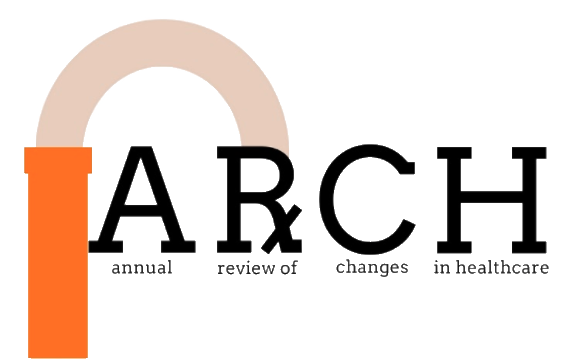DOAC Reversal Agents
|
Gyen Musgrave
|
Abstract
Direct oral anticoagulant (DOAC) drugs revolutionized the anticoagulant market and pose an attractive alternative approach to the treatment and prevention of VTE, as well as the prevention of stroke in atrial fibrillation (A. Fib) patients. DOAC agents include dabigatran etexilate (PRADAXA), rivaroxaban (XARELTO), apixaban (ELIQUIS), and edoxaban (SAVAYSA). Dabigatran etexilate functions mechanistically as a direct thrombin inhibitor, whereas rivaroxaban, apixaban, and edoxaban are factor Xa inhibitors. These agents are more expensive when compared to warfarin therapy (classic Vitamin K antagonist), but have fewer monitoring demands, fewer food interactions, and may offer a more patient-friendly outpatient dosing regimen.1 One unique characteristic of DOACs is the ability for DOAC anticoagulation effects to be rapidly reversed. DOAC specific reversal agents (idarucizumab, andexanet alfa, and ciraparantag) have recently become available or are currently undergoing phase 2 and 3 trials. This review article will focus on specific reversal agents and some of their characteristics.
Full Text
| Vol1Article5.pdf | |
| File Size: | 433 kb |
| File Type: | |



